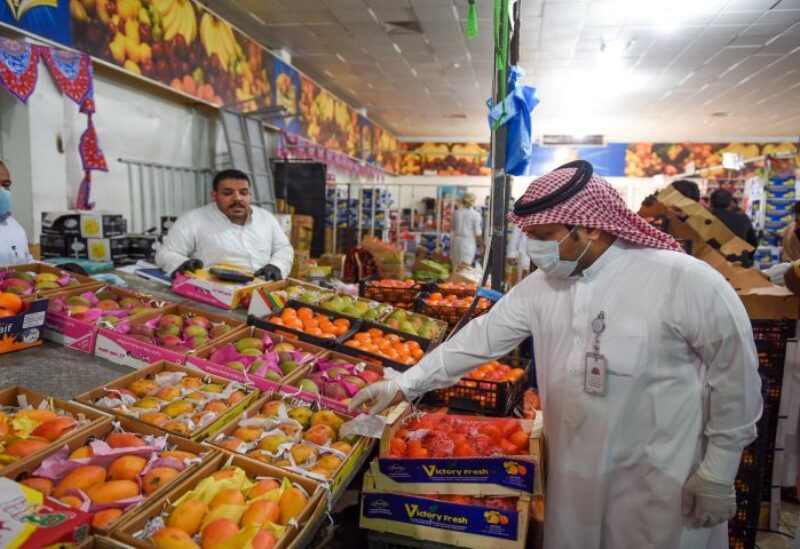
Covid-19 have cost the MENA region $200 billion
According to the World Bank, the Covid-19 pandemic will have cost economies of the MENA region $200 billion by the end of 2021 and the strength of recovery in the future depends on the capabilities of each country’s health system and their exposure to rising commodity prices.
“The pandemic’s crippling impact on economic activity in the region is a painful reminder that economic development and public health are inextricably linked. It is also a sad reality check that Mena’s health systems, which were considered relatively developed, cracked at the seams under the crisis,” Ferid Belhaj, World Bank vice president for the Mena region, said as the lender released its regional economic update on Thursday.
“Going forward, there must be a stronger focus on building core public health functions and leveraging the power of health data and preventive health systems to accelerate the region’s recovery and to prepare for future public health emergencies that may arise due to future pandemics, climate-related disasters and even social conflict.”
The estimated cumulative cost of the pandemic in terms of lost output for the region by the end of this year is nearly $200bn. The bank calculated the costs by comparing where the region’s gross domestic product would have been had the pandemic not happened. The Mena region’s GDP contracted 3.8 per cent in 2020 and is forecast to grow 2.8 per cent in 2021, according the bank’s estimates.
The region’s GDP per capita, a measure of living standards, is forecast to grow 1.1 per cent in 2021 after declining 5.4 per cent in 2020. By the end of 2021, the region’s GDP per capita will still be below the 2019 level by 4.3 per cent.
Thirteen out of 16 countries in the region will have lower standards of living in 2021 than their pre-Covid levels, according to the lender. The growth rate of GDP per capita in 2021 is uneven, ranging from -9.8 per cent in Lebanon, which is enduring its worst economic crisis in three decades, to 4 per cent in Morocco. Most countries might not return to their pre-pandemic levels of GDP per capita until 2022.
“The crisis caught most Mena countries with underfinanced, unbalanced and ill-prepared health systems,” the lender said. “Many countries in the region entered 2020 with a decades-old history of chronic low growth, macroeconomic imbalances, and governance challenges, including a deficit in data availability and transparency.”
The bank reiterated the International Monetary Fund’s call for an equitable roll-out of vaccines. The economic recovery of countries depends on their access to vaccines and pace of inoculations in addition to risks posed by political uncertainty in some countries and how quickly tourism rebounds.
“The last two years have shown that pandemic control is essential not only to save lives but also to accelerate economic recovery, which is now tenuous and uneven,” said Roberta Gatti, World Bank chief economist for the Mena region. “Stressed health systems and lagging vaccinations in many middle-income and low-income countries in the region are harbingers of downside risks.”
While Gulf countries are among the states with the highest vaccination rates in the world, political uncertainty and fragility in many developing oil exporters such as Iran, Iraq, Libya and Yemen pose additional risks to growth for those countries, the bank said.
Fiscal balances in the region are expected to improve in 2021. GCC countries and other oil exporters will have the greatest sharp rise due to rising oil prices, according to the bank. Mena oil importing countries will run fiscal deficits of about 7.1 per cent of GDP this year, limiting the ability of the respective governments to ramp up spending even as the pandemic still requires substantial health and social expenditures.
Last week, Saudi Arabia, the world’s largest oil exporter and the largest Arab economy, said its projected budget deficit for this year is expected to narrow to 2.7 per cent from a previous 4.9 per cent estimate due to higher oil prices and the country’s recovery from the Covid-19 pandemic accelerating. The kingdom’s budget deficit next year is expected to further reduce to 1.6 per cent of GDP.
On average, public debt as a share of GDP in 2021 for the Mena region is forecast to decline to 53.6 per cent from 56.3 per cent, according to the World Bank. For developing oil importing countries, public debt-to-GDP is forecast to rise to 92.3 per cent in 2021 from 90.4 per cent, as fiscal deficits remain large.
The silver lining out of the Covid-19 crisis, according to the lender, is that while many countries were not able to respond adequately to the pandemic, some countries were able to adapt and react quickly. Data analytics that were a focal part of public health policy-making should be leveraged and serve as springboard for deeper reforms and shoring up capacity after the pandemic.